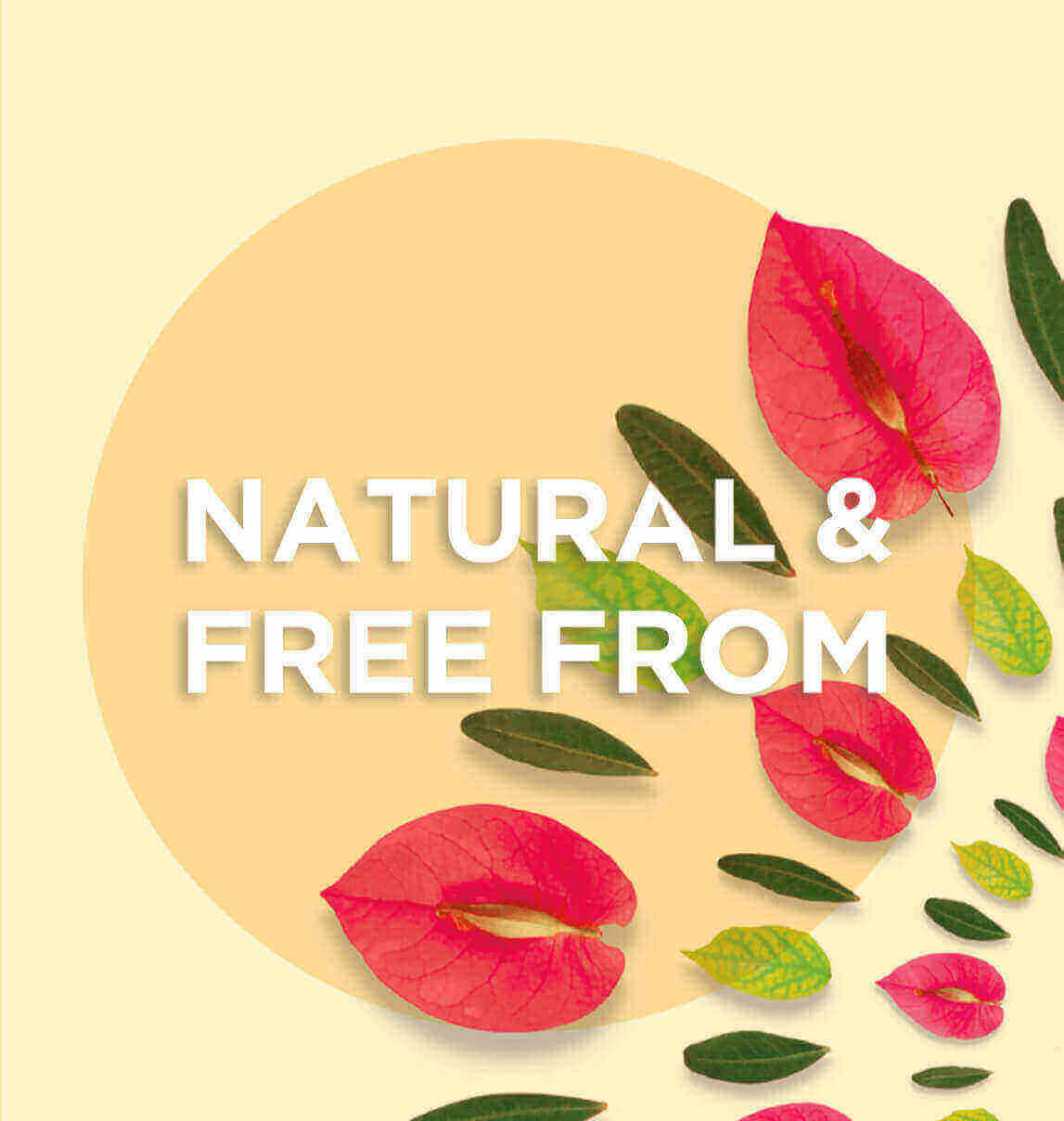How to avoid allergic reactions…
Liver drainage as well as rebalancing your gut flora at the end of winter are two often recommended ways of preparing your body against allergies. This can be easily achieved through diet and nutritherapy.
Firstly, it’s important to avoid anything that might trigger allergies (milk, meat, refined sugar, alcohol…). Eating foods high in antioxidants and anti-inflammatory properties, such as onions, green tea, apples and cabbage counteract the inflammatory response of histamine, released when the body produces an allergic reaction. The ‘quercetin’ found in these foods is responsible for these properties. Any other foods high in antioxidants should of course be privileged as well as those rich in vitamin E, C and beta-carotene. Supplementing your intake of these through nutritherapy can also be particularly effective.
A regular intake of nigella seeds or nigella oil (Nigella sativa, also known as black cumin) for example in seeded bread or salad dressing, is also recommended. For a more intense approach, the oil should be taken in pills as part of a treatment. The oil can be easily recognised by its green-brown colour and its strong, spicy odour.
The oil consists of the following:
- Anti-inflammatory polyunsaturated fatty acids, including linoleic acid, essential for the organism.
- Anti-inflammatory essential oil
- Antihistamine nigellone (anti-allergy)
- Antioxidant vitamin E
- Antioxidant carotenoids (anti-free radical)
The seeds contain proteins, polyunsaturated fatty acids, essential oil (found in the oil itself) as well as carbohydrates and minerals (iron and potassium).
Quail eggs, used by the Chinese for thousands of years for their anti-allergy properties, have been used in Europe since 1967. Dr Truffier was the first to experiment with them in allergy treatment. They also have many other beneficial properties including an anti-ageing effect, stimulating growth, improving memory and fighting against physical and psychological stress. They are just as recommended for children and adults alike, and even the elderly, since they have absolutely no toxic properties or side effects.
When taken as a preventative measure, any products containing quail eggs can improve tolerance to environmental allergens. They reduce the inflammation caused by the release of histamine when an antigene comes into contact with an antibody, and have a ‘desensitising’ effect. Quail eggs also have an interesting composition: arachidonic acid, numerous vitamins (B1, B12..) and 5% to 15% higher mineral content (iron, copper and zinc) than chicken eggs – this unique mix being the reason behind their ability to provide powerful protection against allergic reactions.
The treatment can also be continued in cases of severe allergic reactions. The eggs can be eaten cooked or raw. As a homogenate or freeze-dried, they are commercialised in nutritherapy as pills or capsules.
Gemmotherapy also has a well deserved place in the treatment and prevention of chronic and acute allergic reactions. The Ribes nigrum (blackcurrant) glycerine macerate is often used in treatments and has a desensitising effect. The symptoms are reduced and continue to do so gradually, sometimes even entirely eliminated. It’s also possible to modify an allergic ground, for which treatment must start one month before and throughout the period of sensitisation (pollen etc). A continuous intake or individual treatment periods throughout the year is recommended in the cases of permanent allergies (mites, pet dander, mould..)
Different methods to deal with allergic reactions
1. Phytotherapy
Plantain leaf (Plantago major) is used in dealing with respiratory and skin allergies for its antihistamine and anti-inflammatory properties.
— Pour 4g into a 150ml cup. Leave to infuse for 15 minutes and filter.
— Drink three to four cups a day, for eight to ten days, or for as long as the allergic reaction lasts.
— Dry powder extract (up to five capsules per day) is also suitable.
In cases of skin allergies, this plant’s actions can be complemented by applying a small knob of the oily calendula macerate (Calendula officinalis), which has anti-inflammatory properties, onto the inflamed areas. Two other vegetable oils can also be used: liquid jojoba wax (Simmondsia chinensis) or calophylle oil (Calophyllum inophyllum).
2. Aromatherapy
— Matricaria essential oil or German chamomile (Chamomilla recutita)
— Blue chamomile essential oil (Tanacetum annum)
These two essential oils have a green or navy blue colour and a strong odour. They are also anti-inflammatory and antihistamine. They should be diluted in vegetable oil and applied directly onto the skin. In order to reduce allergic reaction symptoms, the recommended dilution is 15% and the blend should be applied on the forearm.
For seasonal allergies (e.g. pollen), a dry inhalation is also recommended. This allows to block the response to allergens as soon as they enter nasal passages. Put two to three drops of essential oil onto a paper tissue and bring the tissue towards the nose, without making any contact with the skin or mucosa. Breathe in about three to four times and repeat several times throughout te day.
All the different solutions and methods mentioned can be used together.
Bibliography
- Dr Jacques Fleurentin Du bon usage des plantes qui soignent Ed. Ouest France 2016
- Philippe Andrianne La thérapeutique par les bourgeons D. Amyris
- Dr Serge Vassart Les allergies : Dernières approches en phytothérapie et nutrition Institut de phytothérapie international
- Dr Marc Jacquemin traitement de l’allergie par les œufs de caille (cours)
- 37°2 le magazine Septembre/octobre 2017





